| Sorted by date | |||
page195from Nordic Architects Writes
“Body memory is … the natural center of any
sensitive account of remembering”, philosopher Edward S. Casey argues in his
seminal book Memorizing: A Phenomenological Study, and concludes: “There is no
memory without body memory.”22 In my view, we could say even more; body is not
only the locus of remembrance, it is also the site and medium of all creative
work, including the work of the architect.
Memory and emotion
In addition to being memory devices,
landscapes and buildings are also amplifiers of emotio
 ... more ... ... more ...
|
|||
|
|||
|
|
|||
page194from Nordic Architects Writes
Experience as exchange
The experience of a place or space is
always a curious exchange; as I settle in a space, the space settles in me. I
live in a city and the city dwells in me. We are in a constant exchange with
our settings; simultaneously we internalized the setting and project our own
bodies, or aspects of our body schemes, on the setting. Memory and actuality,
perception and dream merge. This secret physical and mental intertwining and
identification also takes place in all artistic experience. In Joseph Brodsky’s
view every poem tells the reader “Be like me”. Here lies the ethical power of
all authentic works ... more ...
|
|||
|
|||
|
|
|||
page193from Nordic Architects Writes
dreamer, the house allows one to dream in
peace.”16 A fundamental quality of a landscape, house and room is its capacity
to evoke and contain a feeling of safety, familiarity and at-homeness and to
stimulate fantasies. We are not capable of deep imagination outdoors in wild
nature; profound imagination calls for the focusing intimacy of a room. For me
the real measure of the quality of a town is whether I can imagine myself
falling in love there.
The lived world
... more ...
|
|||
|
|||
|
|
|||
page192from Nordic Architects Writes
But
most forgettable of all were the walls themselves. The stubborn life of these
rooms had not let itself be trampled out. It was still there; it clung to the
nails that had been left there, it stood on the remaining hand-breadth of
flooring, it crouched under the corner joints where there was still a little
bit of interior. One could see that it was in the paint which, year by year,
had slowly altered: blue into moldy green, green into grey, and yellow into an
old, stale rotting white.10
... more ...
|
|||
|
|||
|
|
|||
page191from Nordic Architects Writes
remember our own childhood largely through
the houses and places that we have lived in. We have projected and hidden parts
of our lives in lived landscapes and houses, exactly as the orators placed
themes of their speeches in the context of imagined buildings. The reflection
of places and rooms generates the recall of events and people.
I
was a child of that house, filled with the memory of its smells, filled with
the coolness of its hallways, filled with the voices that had given it life. There
was even the song of the frogs in the pools; they came... more ...
|
|||
|
|||
|
|
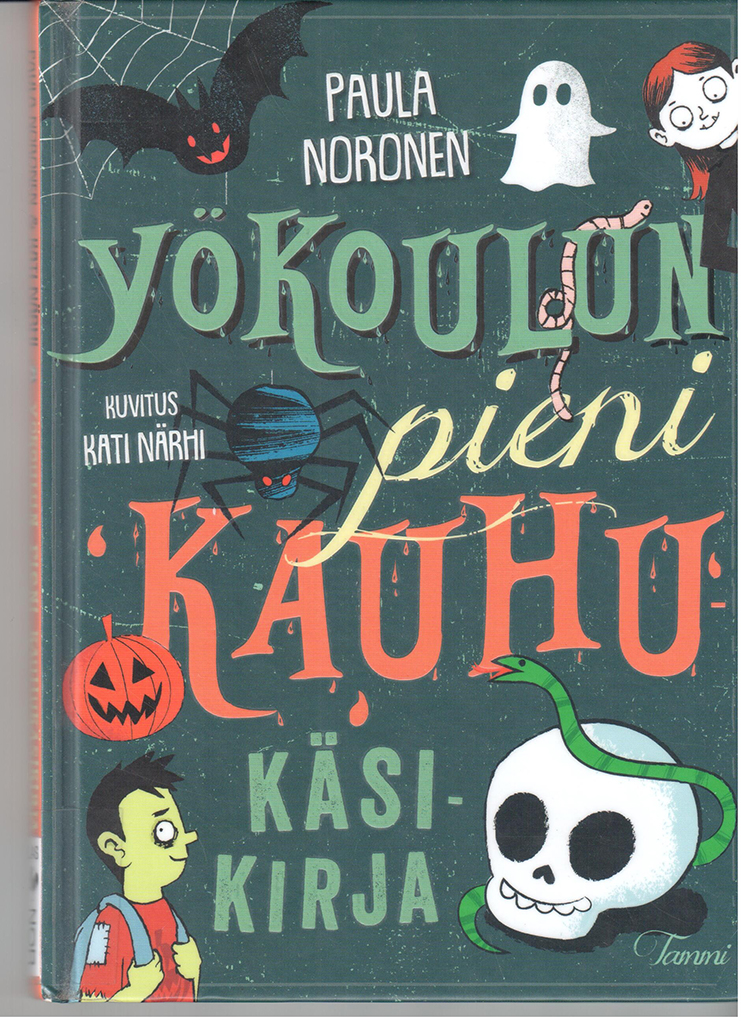 ... ...
... ... ... ...
... ... ... ...
... ...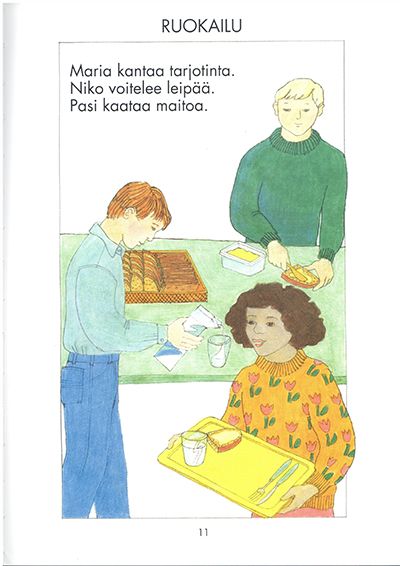 ... ...
... ...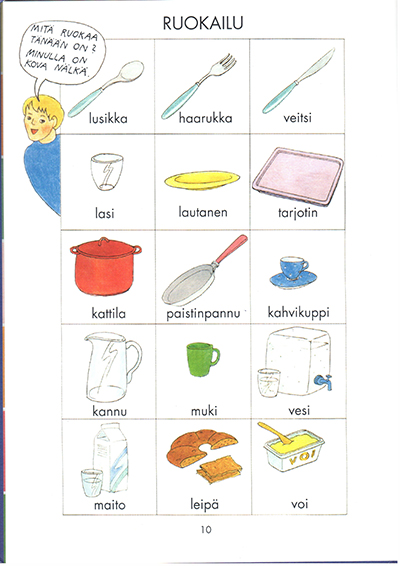 ... ...
... ...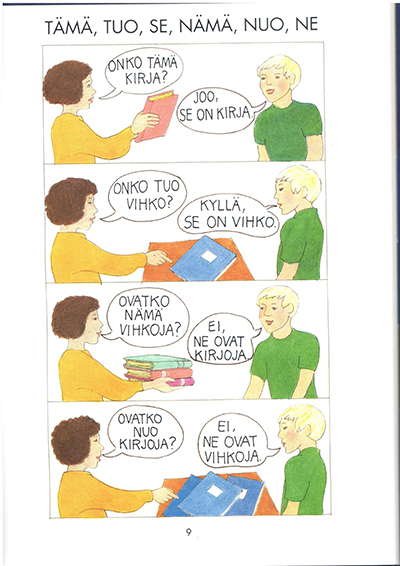 ... ...
... ...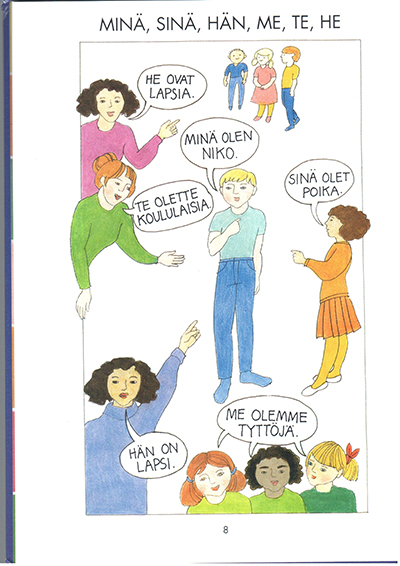 ... ...
... ...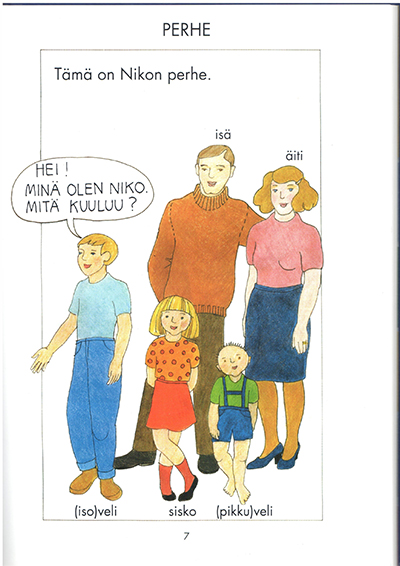 ... ...
... ... ... ...
... ...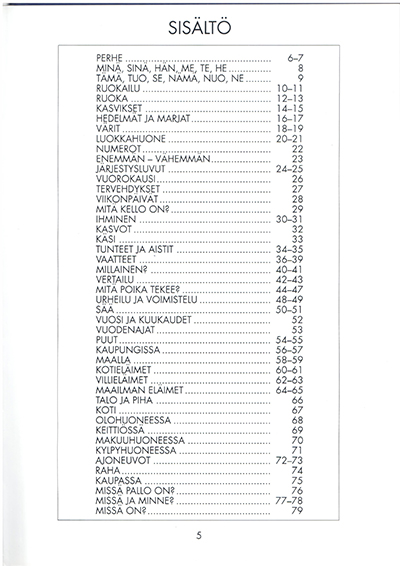 ... ...
... ... ... ...
... ... ... ...
... ...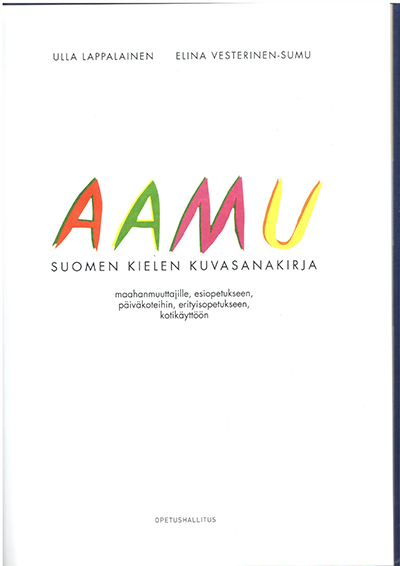 ... ...
... ...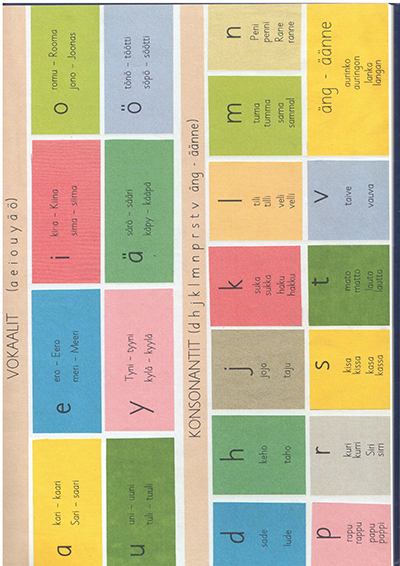 ... ...
... ...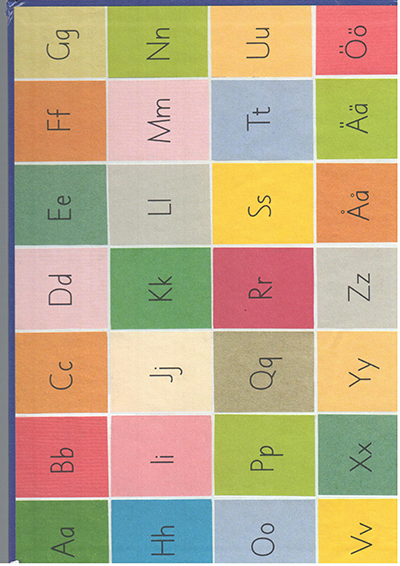 ... ...
... ...